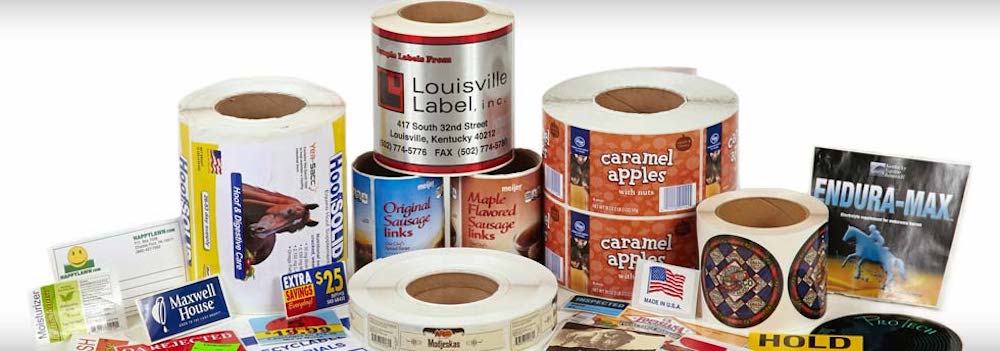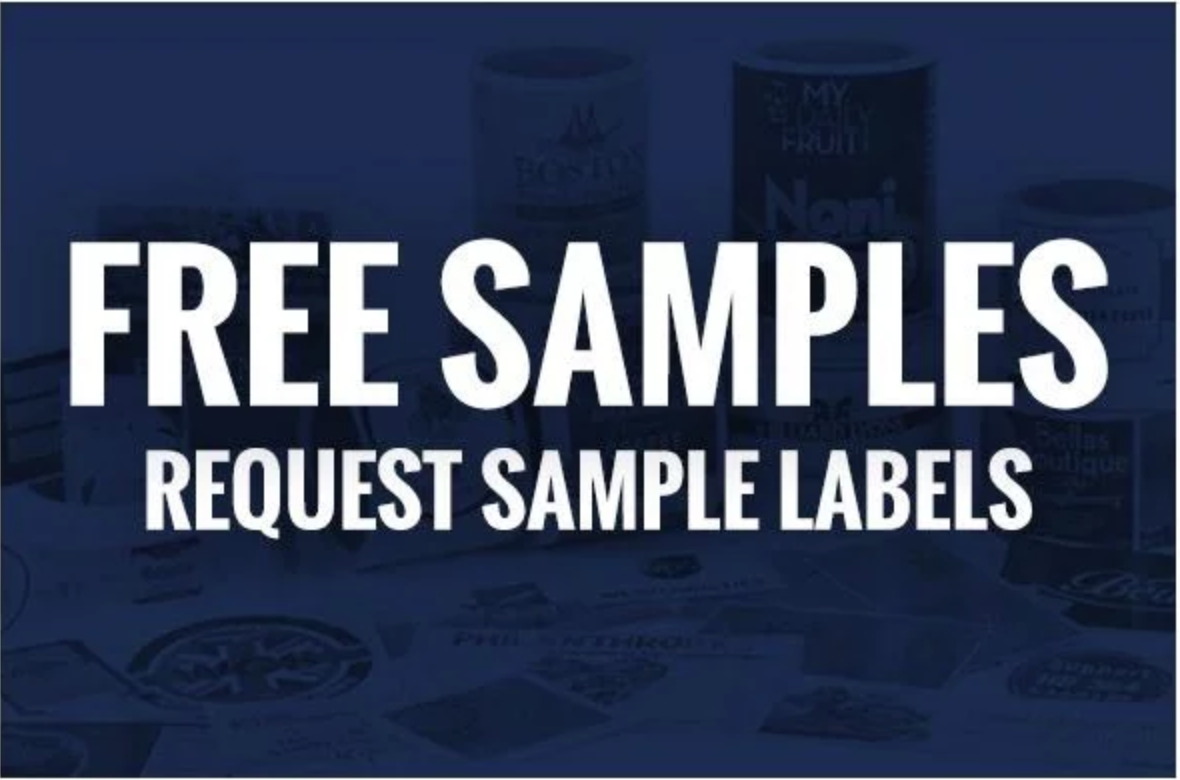The Food and Drug Administration (FDA) is responsible for guaranteeing that foods sold in the United States are safe, healthful, and correctly labeled. If you are selling a food product, you’ve come to the right place to get a quick rundown on everything that a food label requires and where it should be placed. Your branding along with the details and placement of ingredients can make or break a customers decision when it comes to deciding between your product and someone else’s.

FAQ’s About FDA Approved Food Labels
There are many questions that producers have when it comes to creating food labels and keeping up with the latest FDA regulations. We print quite a bit of food labels here at Louisville Label and it’s a privilege to work with all of our clients and provide the latest information on FDA regulations. The last time the FDA updated their guidelines was in May 2016. You can read our take on the changes here. Below are some of the most frequently asked, and in our opinion, the most important questions about food labels.
- Q: Where should labels be placed?
- A: There are two ways you can label packages and containers. You can either place all required information on the front label panel, which is called the principal display panel (PDP), or you can place certain information on the PDP and all other information on the information panel, which is the panel immediately to the right of the PDP.
- Q: Are there restrictions on label artwork?
- A: Label artwork that hides or detracts from the prominence and visibility of required label information or that misrepresents the food can’t be used.
- Q: What is the net quantity and how should it be labeled?
- A: The net quantity of contents is the statement on the label that tells the consumer the amount of food in the package and must be labeled in weight, measure, or numeric count. Be sure to only include the weight of the product and not the container it’s in.
- Q: Where does the nutrition label need to be placed?
- A: The nutrition facts can be placed together with the ingredient list and the name and address of the manufacturer, packer, or distributor on the PDP. These three label statements can also be placed on the information panel. The nutrition facts label must use 6 point or larger Helvetica Black and/or Helvetica Regular type.
The above questions and answers are just a small glimpse into all of the requirements that go into creating a label.
The Importance of a Unique Look and Label
When customers are deciding between similar products, it’s true that sometimes their decision comes down to whose label they like the best. When your branding connects with your audience, they will be drawn to your product. It’s an increasing trend that consumers are looking for brands who have values that align with their own.
As mentioned earlier, we print quite a bit of food labels and have several blogs with relevant information on the topic:
- If you’re a history buff, click here to see how food labels originated.
- If you want to know how to get a bar code on your label, click here for three simple steps.
- To see an inside look at printing food labels, click here.
If your product is just doing “okay”, then it might be time for consumer research and refinement of who your target audience is. By creating your buyer persona, you will better know your audience and their likes and values to create a better label and product they connect to. When you’re ready to create a new label, let us know. We’ll even send you free samples!

